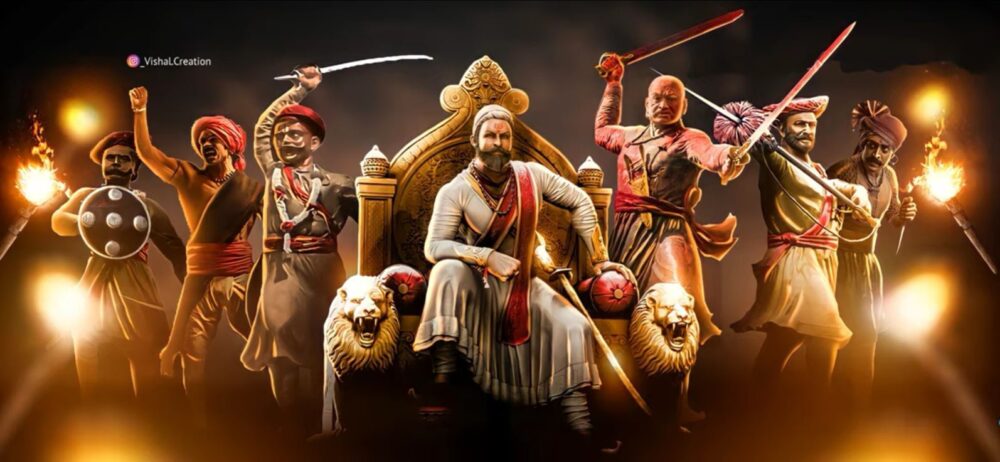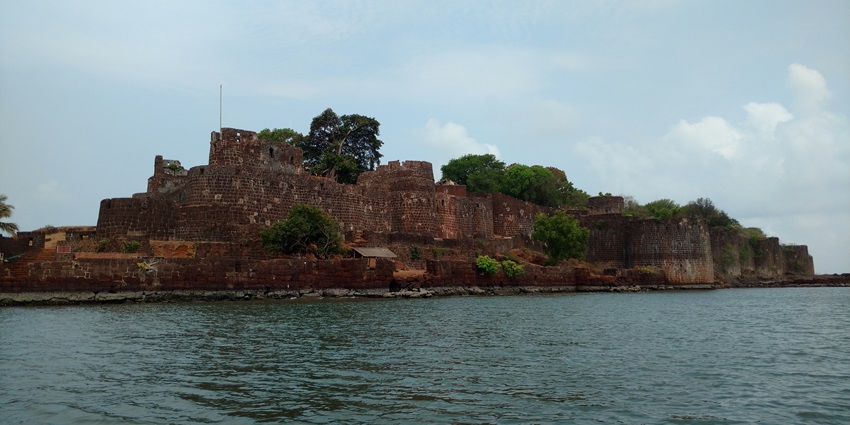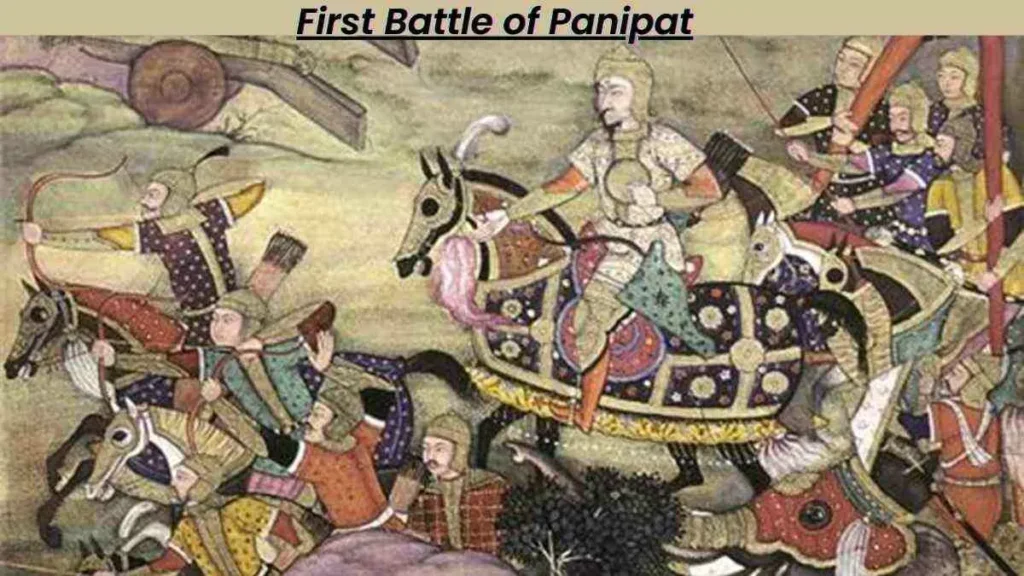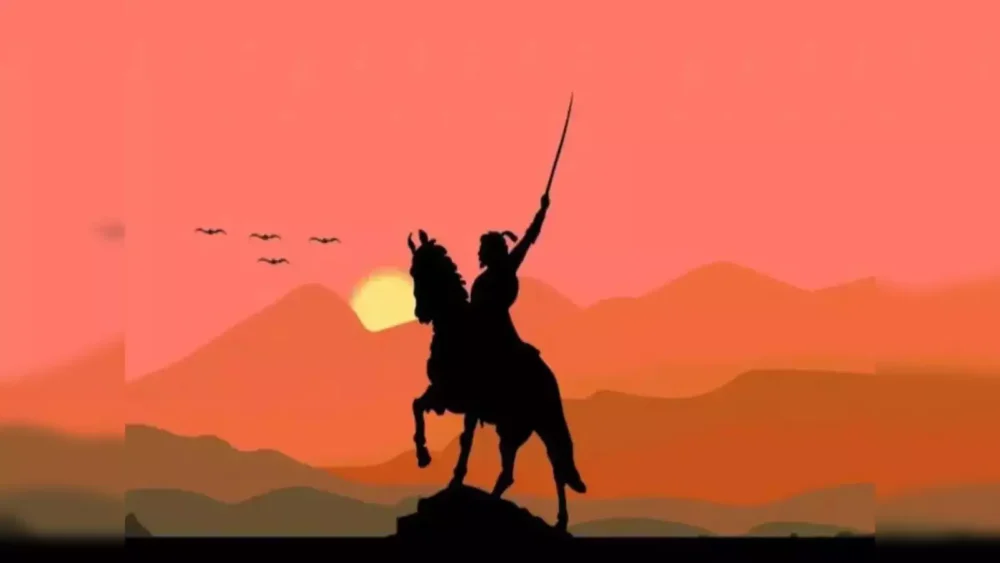The Maratha Empire: Guardians of Swarajya and Indian Pride
India’s rich tapestry of history features many great dynasties. Among them, The History of Maratha Empire shines brightly—not just for its military strength, but also for its unwavering commitment to Swarajya (self-rule), cultural revival, and national pride. From its modest beginnings in the rugged hills of Maharashtra to its expansion across the Indian subcontinent, the Maratha Empire left an enduring legacy.
🌄 The Rise of a Hero

To begin with, the story of the Marathas centers around the legendary Chhatrapati Shivaji Maharaj (1630–1680). At a time when Mughal rule dominated northern and central India, Shivaji emerged as a daring and visionary leader who challenged tyranny.
Importantly, he didn’t come from a royal background. Rather, he rose from the mountainous terrains of the Sahyadris, guided by his mother Jijabai, spiritual mentors like Samarth Ramdas, and a deep sense of justice. From an early age, Shivaji trained in warfare, diplomacy, and statecraft. Eventually, his dream of establishing a Hindu kingdom based on dharma and dignity gave birth to the idea of Hindavi Swarajya.
🏰 Forts, Strategy, and Shivaji’s Genius

Moreover, Shivaji revolutionized warfare in India by introducing guerilla tactics (Ganimi Kava), which emphasized speed, surprise, and strategic fort control. Instead of confronting stronger Mughal armies directly, he chose to master the terrain and strike when least expected.
As a result, he built or captured over 300 forts—such as Raigad, Rajgad, Sinhagad, and Pratapgad—which served as both military strongholds and administrative centers. In 1674, Shivaji held his coronation at Raigad Fort and took the title of Chhatrapati, signaling the birth of an independent Hindu kingdom.
⚔️ Expansion Beyond Maharashtra
Following Shivaji’s passing in 1680, the empire faced severe threats from the Mughals. Nevertheless, his successors—Sambhaji Maharaj, Rajaram Maharaj, and later Maharani Tarabai—valiantly defended the Maratha homeland.
Eventually, the Peshwas, who initially served as prime ministers under the Maratha kings, rose to prominence and expanded Maratha influence beyond Maharashtra. Under the leadership of Peshwa Bajirao I, the Maratha army surged northward, reaching Delhi, Gujarat, Bundelkhand, and even parts of Odisha.
By the mid-18th century, the Maratha Empire had become one of the largest in India, covering over 2.8 million square kilometers.
 The Role of the Peshwas
The Role of the Peshwas
Significantly, Bajirao I became one of India’s most celebrated generals. He never lost a battle, and his rapid troop movements and sharp diplomacy allowed the Marathas to strike deep into enemy territory.
Furthermore, the Peshwa court in Pune became a vibrant cultural and political hub. They supported Sanskrit learning, temple-building, classical music, and urban development. Shaniwar Wada, the Peshwa seat, remains a testament to their architectural and administrative legacy.
💔 The Turning Point: Battle of Panipat

Despite their growing power, the Marathas eventually faced setbacks. In 1761, they fought the Third Battle of Panipat against the Afghan invader Ahmad Shah Abdali. Though Sadashivrao Bhau and the Maratha army fought bravely, the battle ended in a devastating loss.
This marked a temporary halt in their expansion. However, the Marathas did not fade into history. On the contrary, under leaders like Madhavrao I and Mahadji Scindia, they swiftly recovered and rebuilt the empire’s strength across much of India.
🧭 Governance, Reforms, and Justice
Notably, Shivaji had laid the foundation of a strong and just administration. Later rulers preserved and enhanced this system. He implemented:
A fair and transparent land revenue system
Decentralized village governance through panchayats
Religious tolerance toward all communities
A disciplined military structure
Promotion of Marathi and Sanskrit languages
Consequently, the Maratha state stood out for its efficiency, accountability, and respect for tradition. Citizens actively participated in local governance, while central authority ensured law and order.
📚 Guardians of Culture and Dharma
In addition to governance, the Marathas took great pride in preserving Indian culture. They funded temples, rebuilt sacred sites destroyed during invasions, and promoted the teachings of saints like Tukaram, Namdev, and Eknath.
Moreover, they nurtured the growth of literature, music, and architecture. The vibrant court life in Pune, along with the enduring legacy of Maratha forts and wadas, highlights their commitment to cultural excellence.
🇮🇳 Their Role in Shaping Indian Nationalism
Although the British eventually defeated the Marathas in the early 19th century through a series of Anglo-Maratha wars, their ideals lived on. In fact, the Maratha spirit of resistance directly inspired later freedom fighters.
For instance, Bal Gangadhar Tilak and other nationalists hailed Shivaji Maharaj as the symbol of Swarajya and courage. Maratha military strategies, administrative principles, and grassroots support all became reference points for future movements seeking independence.
🙏 Legacy and Lessons Today

To this day, The History of Maratha serves as a powerful reminder of what courage, unity, and visionary leadership can achieve. Their forts still stand proudly on hilltops. Their stories still echo in literature, film, and festivals.
Ultimately, Shivaji Maharaj taught us that it is possible to build a just and self-reliant society—even in the face of overwhelming odds. His legacy urges every Indian to value freedom, honor, and responsibility.
💬 Final Thoughts
In conclusion, the Maratha Empire was more than just a political force. It represented the dreams of a people who wanted dignity and self-rule. It showcased the power of local governance, military innovation, and cultural pride.
Let us remember their stories—not just as historical facts—but as lessons in leadership, resilience, and national identity.
Jai Bhavani, Jai Shivaji!
